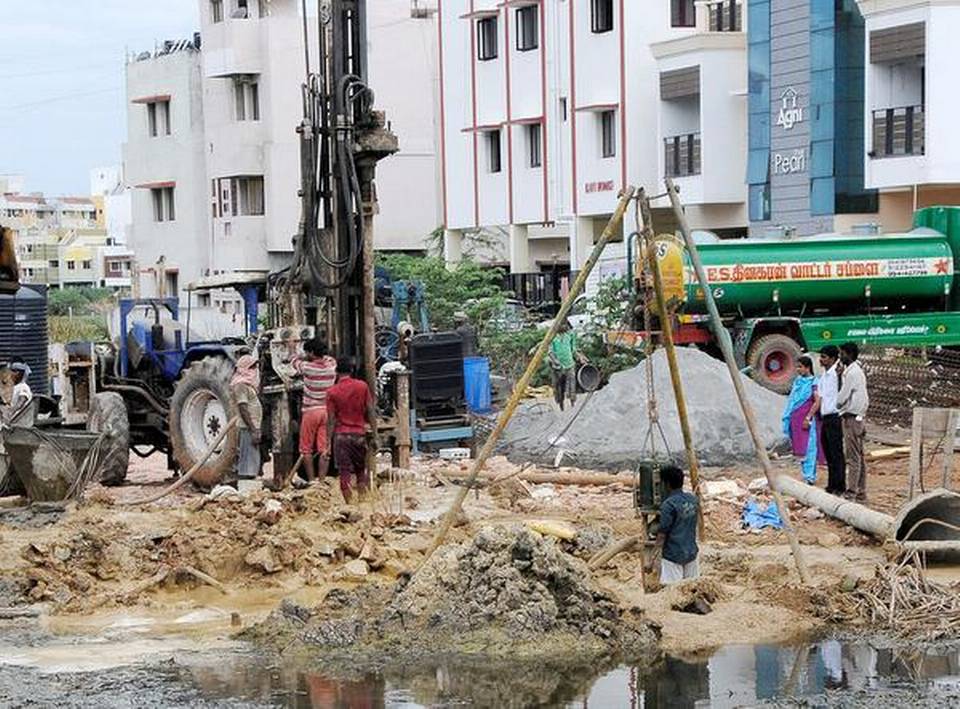Skip to content

Relevant for GS paper 3:-

- In a bid to promote conservation of groundwater, the Central Ground Water Authority (CGWA) has notified a water conservation fee (WCF) that industries will need to pay on groundwater extraction starting from June.
- As per the notification, industries extracting groundwater including mining-dewatering units and those that use groundwater for packaged drinking water would also need to apply for a no-objection certificate (NOC) from the government. Individual households that draw groundwater using a delivery pipe of a greater than 1” diameter, too, would need to pay a WCF.
- However, the agriculture sector — the largest consumer of groundwater in the country — will be exempt from the fees.
- The guidelines would come into force with effect from June 2019 and would apply across the country.
Online NOC process:-
- “The entire process of grant of NOC will be done online through a web based application system of CGA,” the Water Resources ministry said in the notification.
- The rates, according to a notification by the CGA on Wednesday, would be levied depending on the location of the groundwater extraction point and the amount of water being extracted. The government has a list of groundwater blocks, called assessment blocks. These are classified as ‘safe,’ ‘semi-critical,’ ‘critical’ and ‘over-exploited’ depending on the groundwater draft.
- Drawing up to 20 cubic metres (a cubic metre is 1,000 litres) a day in a ‘safe’ block would cost a company ₹3 per cubic metre. However, extracting 5,000 or more cubic metres a day, at an ‘over exploited’ block would invite a daily charge in excess of ₹100 per cubic metre .
- The WCF for residential projects ranges from ₹1-2 per cubic metre. The WCF apart, all industrial as well as residential bodies would also need to apply for an NOC.
- “These are not water charges but a water conservation fee and will be used for groundwater recharge projects,” said K.C. Naik, Chairman, Central Ground Water Board (CGWB).
- The rates were decided in consultation with industry, which had “fully supported” the government’s assessment of the need to impose charges for drawing groundwater, Mr. Naik added.
- Defence establishments and users who don’t use electricity to extract water have also been granted exemption from the requirement of obtaining NOCs and having to pay the WCF.
- In India, extracted groundwater is mainly used for irrigation and accounts for about 228 BCM (billion cubic metre) — or about 90% of the annual groundwater extraction. The rest, 25 BCM, is drawn for drinking, domestic and industrial uses.
- India is the largest user of groundwater in the world, and accounts for about 25% of the global water extraction. The CGWB classifies 6,584 assessment units countrywide. While 1,034 units have been categorised as ‘over-exploited,’ 253 are termed as ‘critical’, 681 as ‘semi-critical’ and 4,520 as ‘safe.’ The remaining 96 assessment units have been classified as ‘saline.’


